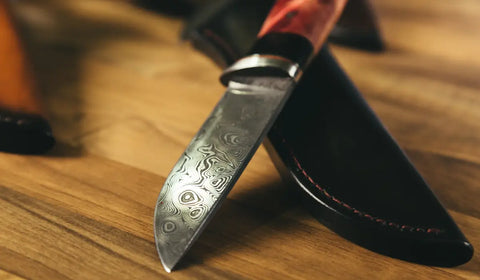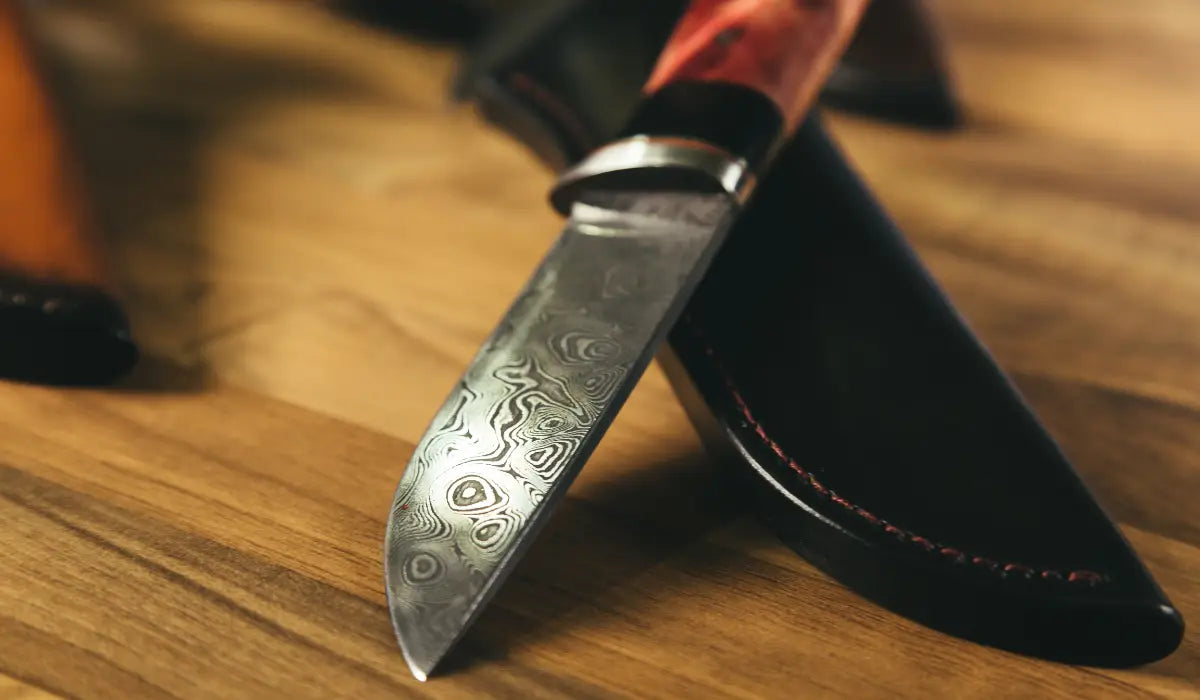Top Factors to Consider When Choosing the Right Hunting Knife
Choosing the right hunting knife is crucial for any outdoor enthusiast. Whether you're field dressing a game or preparing a campsite, the right knife can make your tasks easier and safer. There are several factors to consider to ensure you select the best knife tailored for your needs.
Understanding Different Hunting Knife Types
Fixed Blade vs. Folding Knives
Hunting knives generally come in two main types: fixed blade and folding knives. Fixed blade knives are known for their strength and reliability, making them ideal for heavy-duty tasks like skinning and gutting. They do not have moving parts, which means they can withstand rigorous use without fear of breaking. On the other hand, folding knives are more compact and easier to carry, making them great for general outdoor use. However, they may not be as strong, especially if multiple functions are needed.
Specialty Knives for Specific Tasks
Some hunting tasks require specialized knives. For example, skinning knives have curved blades designed to remove animal skin effectively, while boning knives are narrow and flexible for working around bones. If you know you'll be working with specific tasks regularly, consider getting a knife tailored for that purpose, as it will enhance your efficiency in the field.
Blade Material and Shape
Types of Steel
The material of the blade significantly affects its performance. Stainless steel is popular due to its corrosion resistance and durability, while carbon steel tends to provide better edge retention and sharpness. However, carbon steel requires more maintenance to prevent rusting. Every hunter's needs are different, so you need to choose a blade material that fits your hunting condition and style.
Blade Shapes Matter
Different blade shapes serve different purposes. For general hunting tasks, a drop point blade is highly recommended as it offers a strong tip for piercing and a large belly for slicing. If precision cutting is needed, consider knives with clip point blades that provide a fine tip for accuracy. Always assess the tasks you'll encounter to determine the best blade shape for your outings.
Comfort and Control
Handle Design
The handle of a hunting knife is just as important as the blade. A comfortable handle allows for better control and reduces fatigue during long tasks. Handles can be made of wood, synthetic materials, or rubber--each providing different levels of grip and comfort. Ensure that the handle fits your hand size and feels secure, especially if you will be using the knife for extended periods.
Ergonomics and Safety
Safety features are essential when handling a hunting knife. Look for designs that prevent your hand from slipping onto the blade, such as finger guards or textured grips. A well-designed knife should feel comfortable in your hand and provide stability, allowing for precise cuts without risk of injury.
Durability and Maintenance
Long-term Use Considerations
Your hunting knife should withstand harsh outdoor conditions, including exposure to moisture, dirt, and grime. Stainless steel is known for its durability, while carbon steel offers ease of sharpening. Both types require care; ensure you clean and dry your knife after each use to extend its life and performance.
Sharpening and Upkeep
Edge maintenance is vital for any hunting knife. Regularly sharpen your knife using a quality sharpening tool so that it remains efficient and safe. Knives with a hard steel require special sharpening techniques, so invest some time in learning how to maintain your blade properly.
The Importance of Choosing a Reputable Brand
Quality Control and Reviews
When selecting a hunting knife, consider reputable brands known for quality. Read reviews and gather recommendations from fellow hunters to ensure you choose a brand with a good track record. A well-made knife may cost more upfront, but it may save you money in the long run due to its longevity and performance.
Warranty and Customer Service
Look for brands that offer warranties or guarantees on their products. This assures you of the knife's quality and provides peace of mind. In case of any issues, strong customer service can often help resolve concerns or defects, emphasizing the brand's commitment to its products.
Conclusion
Choosing the right hunting knife involves careful consideration of various factors such as blade type, material, handle design, and brand reputation. With the right knife, you can enhance your outdoor experience and tackle any task confidently. Whether you opt for a Damascus Steel Guthook Hunting Knife or another type, remember to prioritize your specific needs to find the perfect tool for you.
FAQs about Hunting Knives
Choosing a hunting knife can raise several questions, especially for newcomers. Here are some frequently asked questions to help guide your decision-making process.
1. What size hunting knife is best for beginners?
A knife with a blade length of 3.5 to 5 inches is generally versatile enough for most tasks, making it an excellent size for beginners. It provides a balance of maneuverability and capability for larger tasks.
2. How should I maintain my hunting knife?
Always clean your hunting knife after each use, and dry it thoroughly to prevent rust. Regularly sharpen the blade and store it in a dry place, ideally in a protective sheath.
3. Are folding knives good for hunting?
Yes, folding knives can be convenient due to their portability. However, ensure they have a sturdy locking mechanism for safety and performance during critical tasks.
4. Is it necessary to choose a knife with a gut hook?
While gut hooks can be beneficial for certain tasks, they are not necessary for everyone. Assess your hunting style and needs before deciding whether to include this feature.


